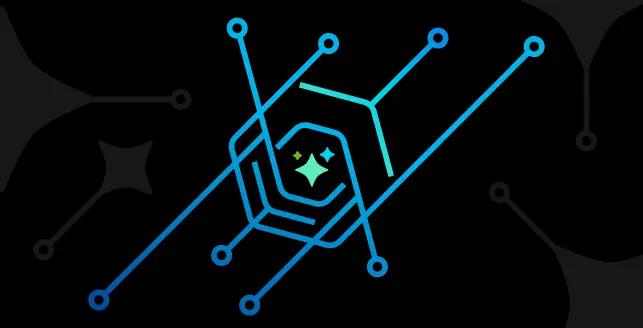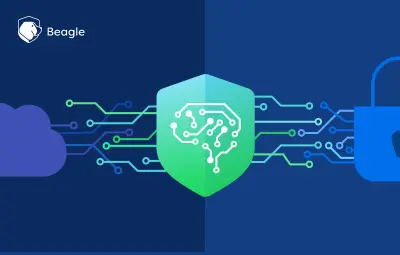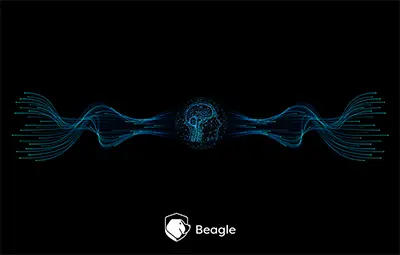
Vulnerability management is a continuous process of identifying, categorizing, mitigating and monitoring vulnerabilities in software applications, network and computer systems.
It is a proactive approach to maintaining the security and integrity of an organization’s digital assets.
The following are the steps involved in vulnerability management.
Identification:
The primary step in vulnerability management is the identification of vulnerabilities. This is typically achieved through vulnerability scanning tools. These tools identify known vulnerabilities by comparing the system configurations and software versions against a database of known vulnerabilities.
Categorization:
Effective risk assessment can be performed on the detected vulnerabilities only when they are categorized and prioritized based on their criticality and the likelihood of exploitation.
Remediation:
Plan and implement the remediation by applying patches, configuring systems, or updating software. This step may involve collaboration with system administrators, network engineers, and application developers.
Ongoing monitoring:
Establish a continuous monitoring process to detect new vulnerabilities that may arise. This can include regular vulnerability scanning, intrusion detection systems, log analysis, and threat intelligence feeds.
Unveiling the power of vulnerability management
A single vulnerability can expose your entire system to devastating data breaches.
That’s why vulnerability management is an absolute necessity for organizations seeking to uphold a secure and resilient IT infrastructure.
Numerous studies highlight that many successful cyber-attacks exploit known vulnerabilities, which could have been prevented through effective vulnerability management practices.
Moreover, adhering to industry regulations and standards becomes paramount, ensuring organizations meet the required security measures.
Embracing robust vulnerability management not only enables proactive risk management but also acts as a shield against potential attackers, guarding sensitive data, bolstering customer trust, and preserving the organization’s hard-earned reputation.
Furthermore, the investment in vulnerability management proves significantly more cost-effective than dealing with the aftermath of successful security breaches.
Why AI?
Traditional vulnerability management systems, while capable of managing vulnerabilities, are not without their limitations.
Manual Effort:
Traditional vulnerability management relies heavily on manual processes, which are time consuming, prone to human errors, and can be inefficient. The need for manual intervention slows down the entire process and introduces the risk of oversight or missed vulnerabilities.
Limited Scale and Speed:
With the growing complexity and scale of modern IT environments, traditional approaches may struggle to keep up. The manual nature of these processes hinders their ability to quickly scan and assess vulnerabilities, leaving systems exposed for longer durations.
Lack of Contextual Analysis:
Traditional methods often focus solely on identifying vulnerabilities without considering the broader context of an organization’s infrastructure and business priorities. This narrow focus can lead to inefficiencies and misaligned remediation efforts, as vulnerabilities may not be addressed based on their impact to the organization.
Reactive Approach:
Traditional vulnerability management systems tend to operate in a reactive mode, addressing vulnerabilities after they have been discovered. This reactive stance leaves systems vulnerable to emerging threats or zero-day vulnerabilities that have not yet been identified or patched.
Difficulty in Keeping Up with New Threats:
Traditional approaches face challenges in keeping up with rapidly evolving threats and emerging vulnerabilities. Manual analysis of security reports and threat intelligence becomes overwhelming and time-consuming, making it arduous to identify and respond to new risks in a timely manner.
It is crucial to recognize these limitations and consider adopting advanced vulnerability management solutions that leverage automation, contextual analysis, and real-time threat intelligence to address these shortcomings and enhance overall security posture.
This is where AI comes into play. Artificial Intelligence (AI) can play a significant role in vulnerability management by enhancing the efficiency and effectiveness of various stages in the process.
AI based vulnerability management system
AI has transformed the field of vulnerability management by offering a range of benefits and enhancing security practices.
Traditional approaches to vulnerability management struggle to keep up with the increasing complexity and volume of cyber threats.
However, AI-based vulnerability management systems address these challenges and revolutionize the identification, assessment, and mitigation of vulnerabilities.
Let’s explore the key advantages of using AI in vulnerability management :
Automation and Efficiency:
AI-powered systems automate various tasks involved in vulnerability management, such as scanning, assessment, prioritization, and remediation planning. This automation improves efficiency, reduces manual effort, and accelerates the process of identifying and mitigating vulnerabilities.
Intelligent Prioritization:
AI algorithms analyze vulnerabilities based on factors like severity, exploit likelihood, and business impact. By doing so, they prioritize vulnerabilities intelligently, allowing security teams to focus their efforts on the most critical issues. This approach maximizes the effectiveness of remediation efforts.
Continuous Monitoring and Detection:
AI-based systems provide continuous monitoring and detection of vulnerabilities and threats. This real-time or near-real-time approach enables organizations to identify and address vulnerabilities as soon as they arise. As a result, the window of exposure is minimized, enhancing overall security.
Advanced Analytics and Predictive Capabilities:
AI leverages advanced analytics and machine learning techniques to identify patterns, trends, and potential future vulnerabilities. By analyzing historical data and security incidents, AI can predict and proactively address vulnerabilities before they are exploited. This predictive capability enhances proactive security measures.
Adaptability and Self-Learning:
AI-powered systems continuously learn from data, adapting to changing environments and evolving threats. Over time, these systems improve their accuracy and effectiveness in identifying vulnerabilities and providing actionable insights. This adaptability ensures that the vulnerability management system remains up to date and capable of addressing new and emerging threats.
By harnessing the power of AI, organizations can enhance their security practices and effectively manage vulnerabilities in an ever-evolving threat landscape.
Enhancing threat intelligence and incident response with AI-driven vulnerability management
AI-driven vulnerability management systems have emerged as game-changers, offering organizations advanced capabilities to bolster their threat intelligence and incident response practices.
By harnessing the power of AI, organizations can stay one step ahead of cyber threats and enhance their overall security posture.
With AI algorithms and machine learning techniques, these systems excel at detecting sophisticated and previously unseen threats.
By analyzing vast volumes of data, including security logs, network traffic, and threat intelligence feeds, AI-driven systems can identify patterns and anomalies that may signify potential vulnerabilities or attacks.
This advanced threat detection capability empowers organizations to uncover hidden risks and respond proactively.
Real-time incident response is another key advantage of AI-driven vulnerability management.
By automating the detection and analysis of vulnerabilities, these systems can trigger immediate alerts and responses.
Security teams can swiftly mitigate risks and minimize the impact of cyber threats, ensuring a prompt and effective incident response.
Additionally, AI leverages predictive analytics to offer proactive defense capabilities.
By analyzing historical data, security trends, and emerging patterns, AI-driven systems can forecast potential vulnerabilities and threats.
This proactive approach enables organizations to take preemptive measures and address vulnerabilities before they can be exploited, thereby fortifying their security defenses.
Final thoughts
AI has significantly transformed vulnerability management practices by introducing automation, intelligence, and proactive capabilities.
By leveraging AI in vulnerability management, organizations can enhance their security posture, stay ahead of emerging threats, and protect their valuable assets and data in today’s rapidly evolving cybersecurity landscape.
However, it is crucial to emphasize that AI should not be viewed as a standalone solution but rather as a complementary component to traditional vulnerability management systems, yielding optimal outcomes when used in tandem.





